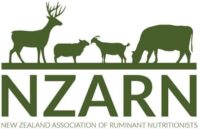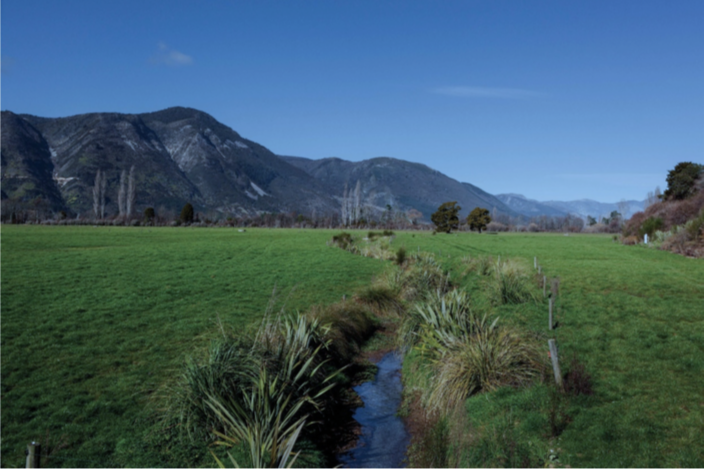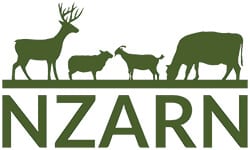The new National Policy Statement for Freshwater Management 2020 (Aug 2020) (NPS) sets out the objectives and polices for freshwater management under the Resource Management Act 1991.
- It provides direction and is implemented through regional and district plans.
- There are different speeds of implementation for different councils. The new NPS sets tougher national bottom lines.
- Te Mana o te Wai refers to the fundamental importance of water and recognises that protecting the health of freshwater protects the health and well-being of the wider environment.
- The National Environmental Standards for Freshwater (NES) means that Government set minimum requirements nationwide:
- N fertiliser cap: after 1 July 2021 <190 kg synthetic N/ha avg across whole pastoral land (=land grazed by livestock). Area (GPS based data) and N purchase needs to be reported by 31st Jul each year. NES prevails over regional plan unless they are tighter.
- Winter grazing rules. If you cannot comply with the following, then consent is required: after 1st May 21: annual forage crops grazed 1 May – 30 Sep needs to be <50ha or <10% for >500ha. Should be less than max annual grazing ha 1Jul2014-30Jun2019. Mean slope of paddock <10 degrees. Pugging: <20 cm deep 10 m around gateway or fixed water trough; >5 cm deep at <50% of paddock. Grazing >5m from waterbody or drain. Grazed area must be replanted before 1st Oct (1st Nov Otago / Southland). Stock exclusion regulations apply to all properties with all farmed livestock, no consent given: 3m setback from lakes, rivers and wetlands, slope <10 degrees is low slope and under reveiw. A permanent fence is required. Existing fences do not need to be moved. A river is > 1 m wide.
- Other new regulations are set for: Land use intensification increasing irrigated pasture area for dairy farming, increasing dairy support land, provisions relating to feedlots and stockholding areas and works in or near wetlands.
More information is available at: Council websites, Fertiliser companies, DairyNZ, Ministry for Environment, Beef and Lamb, Federated Farmers.
NZARN members a full copy of the presentation is available below if you are logged in.
This content has been restricted to logged in users only. Please login to view this content.
Non-members looking for more information are encouraged to use our ‘contact a nutritionist’ form and ‘member directory’ to find a member who can help them answer their questions.
If you are a Rural Professional interested in joining the NZARN please see our ‘membership’ section.


